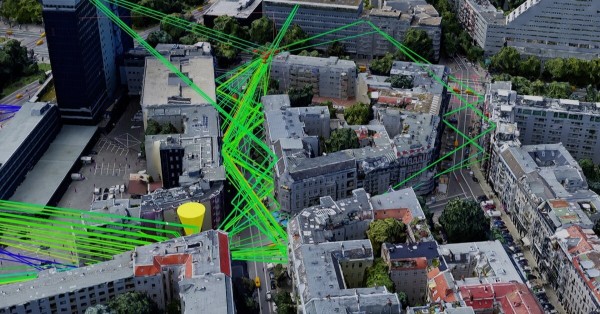- Tech News & Insight
- June 27, 2025
- Hema Kadia
As utilities expand private LTE and 5G networks, strong partner ecosystems and managed services help balance performance, compliance, and cost. Explore how orchestration, governance frameworks, and co-managed models enable utilities to scale smarter and faster.



























